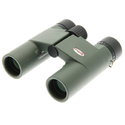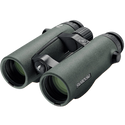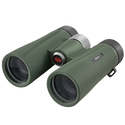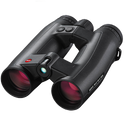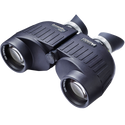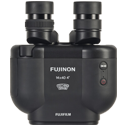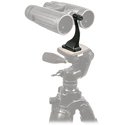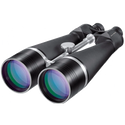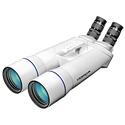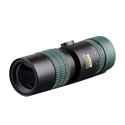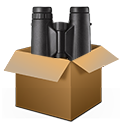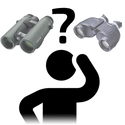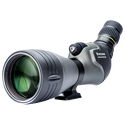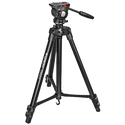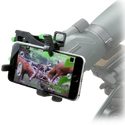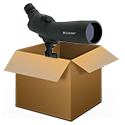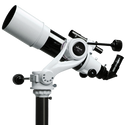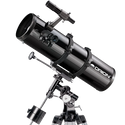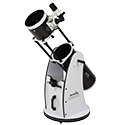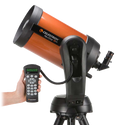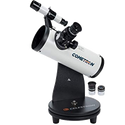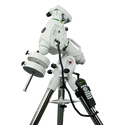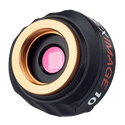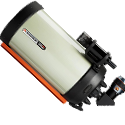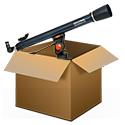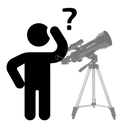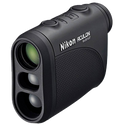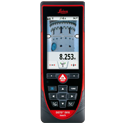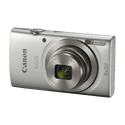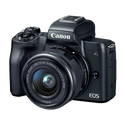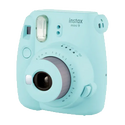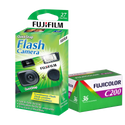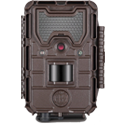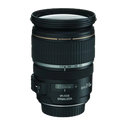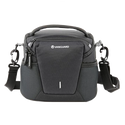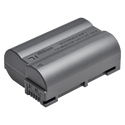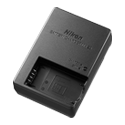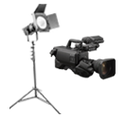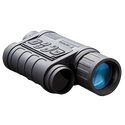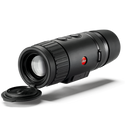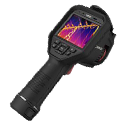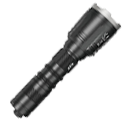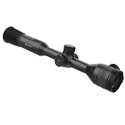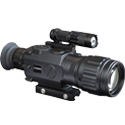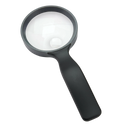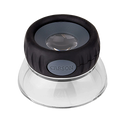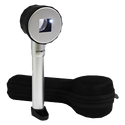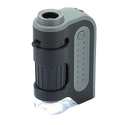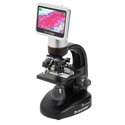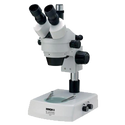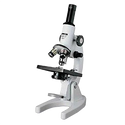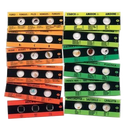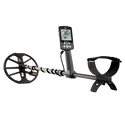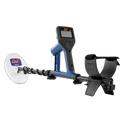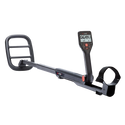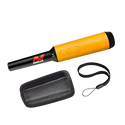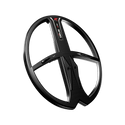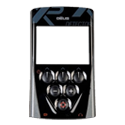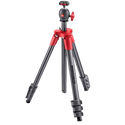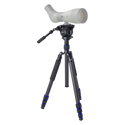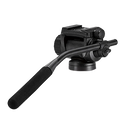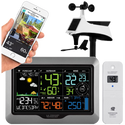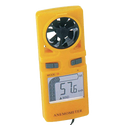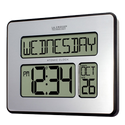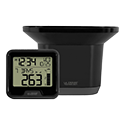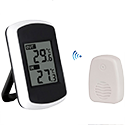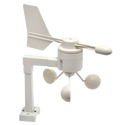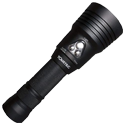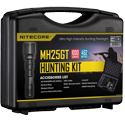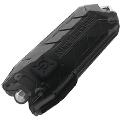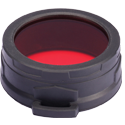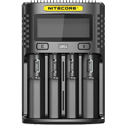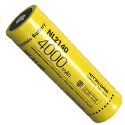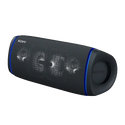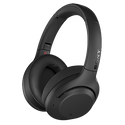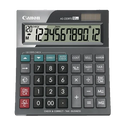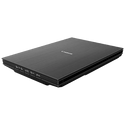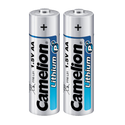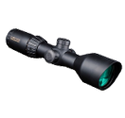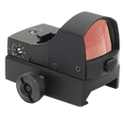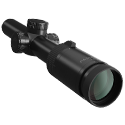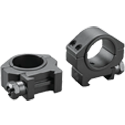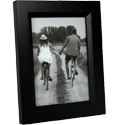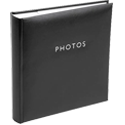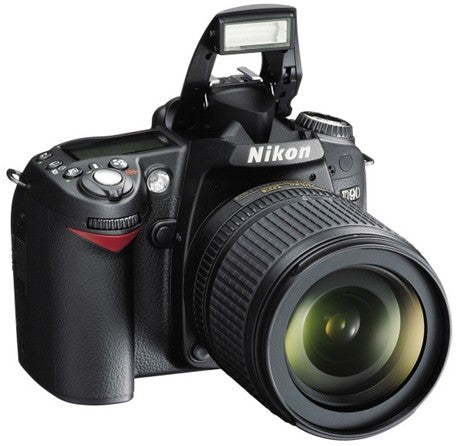Resolution
The bigger the resolution the more storage space you'll need, but keep in mind that resolution is not an indicator of image quality.
Memory cards
The main form of storage for your images at present. SDHC and SDXC cards are high-capacity SD cards, and most cameras that can handle them can also use SD cards. This may not be the case in reverse as some older cameras will not recognise SDHC or SDXC cards. These cards are not normally included with the camera anymore.
Batteries
Generally digital cameras are power hungry and, as a general rule, rechargeable batteries are a good idea. There are some situations (such as travelling) where being able to use normal alkaline batteries is a real advantage. Fortunately some can, but many can't, so having a spare rechargeable is pretty important.
Video output
Many cameras come with some kind of video output that allows them to be plugged directly into a TV or computer monitor. This is a handy way to show your pictures to a group and makes your digital camera a highly portable display device as well as a camera. A modern camera that supports video output would typically have mini or micro HDMI port.
Viewfinder
Most compact digital cameras don't have a viewfinder these days. Those that do, usually have an electronic viewfinder. Sometimes, these can cause slow responses and colour shifts in low light conditions. For cameras that don't have a viewfinder at all, you have to use the monitor on the back to frame your shot. This can cause problems seeing what you're taking in bright sunlight, though.
Manual selection of aperture and shutter speed
Aperture controls the depth of field in your picture, allowing you to determine which parts of the image are in or out of focus. The shutter speed determines for how long the sensor is exposed to light. For example a higher shutter speed can be used to photograph fast moving subjects without blur, a lower shutter speed can be used for a brighter image on still subjects.
Manual focusing
Manual focus is useful for situations where the automatic focus is too shallow or deep. Low light and subjects behind glass or with little contrast can be tricky for some systems. Continuous manual focus is more useful than systems that only offer a number of pre-set distances as it allows for more precise control.
Shutter delay
Is how long it takes from when the shutter button is pressed until the shutter opens to take the picture. Some cameras can be pretty slow without pre-focus engaged, taking one second or more to respond - too slow to catch spontaneous photos. Only cameras consistently at or under a third of a second should be considered for sports and other fast action.
White balance
Light comes in many colours - fluorescent is usually greenish, tungsten (like a normal household bulb) is red/orange and daylight blue to red depending on the time of day. Automatic white balance should make sure whites always appear white regardless of the lighting conditions, however it may sometimes be desirable to capture a warmer or cooler image.
Image stabilisation
With longer lenses it can be difficult to hold the camera still, which can lead to slightly blurry pictures. Image stabilisation can help by adjusting internally for the camera movement. The best system is often referred to as 'optical anti-shake', where the lens elements move. Some cameras now have very effective mechanical system where the camera's sensor moves. Electronic systems tend to just increase the sensitivity of the sensor, open the aperture as wide as possible and use the fastest shutter speed possible. The result is often noisy as well as blurry pictures.
Accessories
If you're taking pictures in a low light situation or with a long lens you'd be best off using a tripod. There is no real replacement for using a tripod and it's normally the first accessory people buy.

